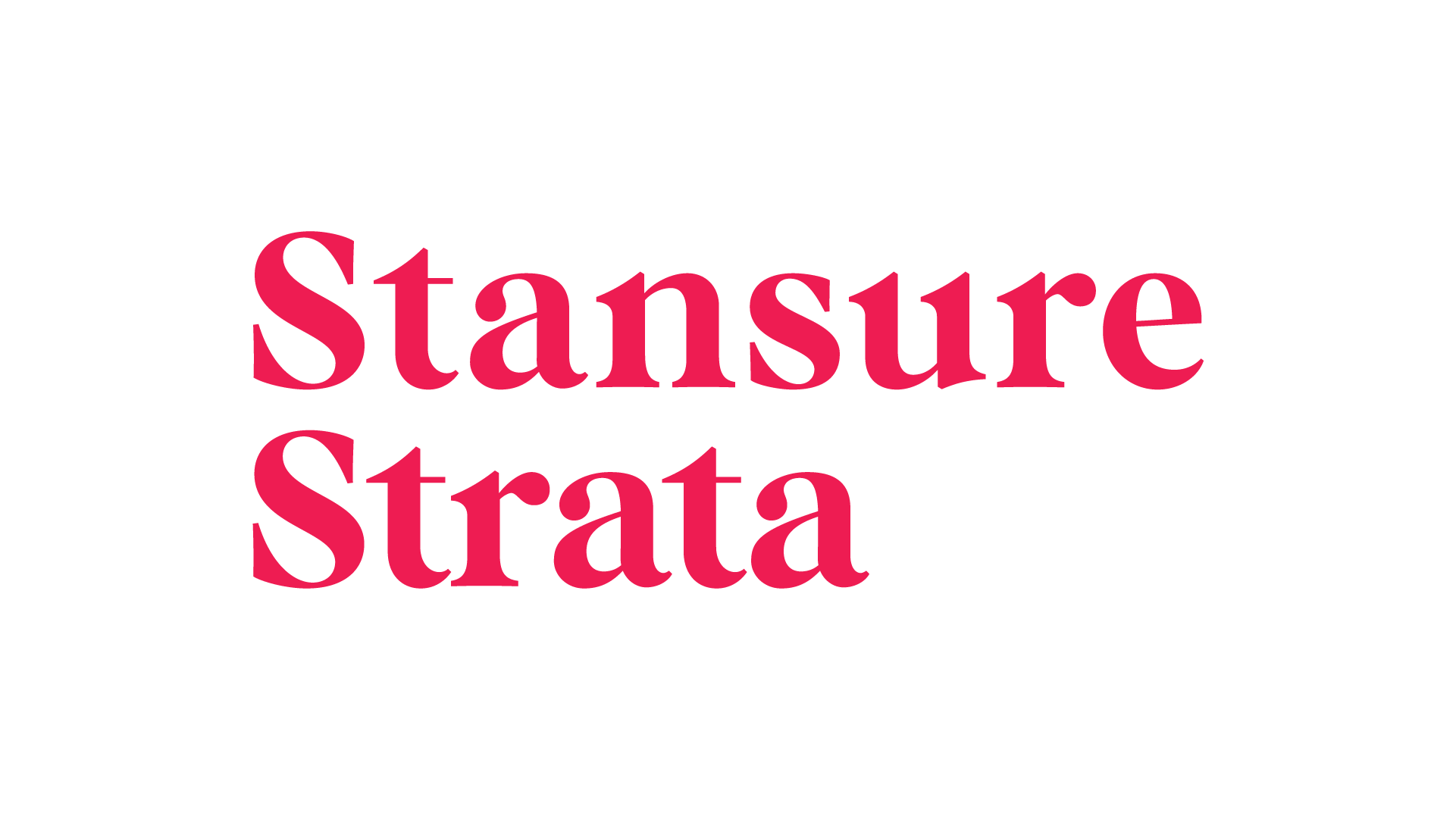Are you joining a Body Corporate or Body Corporate Committee and unsure what the Committee actually does? We have the answers!
Simply put, a committee is chosen by owners each year to handle the day-to-day administration of the Body Corporate.
Depending on the type of complex, the Committee usually comprises a minimum of three and a maximum of seven members. The executive positions include a Chairperson, Secretary and Treasurer along with the ordinary member positions. The positions are filled each year at the Annual General Meeting.
Those entitled to be elected on the Committee can be an individual owner, a member of a lot owner’s family, a person acting under Power of Attorney of a Lot owner, a company nominee or a representative of a subsidiary scheme.
The Committee make decisions at Committee Meetings, either via a meeting or a voting paper.
The Committee, on behalf of the Body Corporate must, in a reasonable manner:
- Implement the lawful decisions of the Body Corporate; and
- Administer the Common Property, the Body Corporate assets for the benefit of lot owners; and
- Enforce the Community Management Statement (including the by-laws); and
- Carry out any other functions as required under the Act, regulation module or Community Management Statement
Chairperson’s Role
The chairperson must chair all general meetings and committee meetings they attend. If the chairperson is absent, another member can be chosen by the voting members present.
Duties include: ruling a motion out of order if; it is unlawful or unenforceable, it conflicts with a by-law or the substance of the motion was not included in the agenda for the meeting, declaring the results of votes on motions at the meeting, confirming that each ballot paper is the vote of a person who has the right to vote in the election (where a ballot for a committee position is needed) and declaring the result of an election for a committee position.
The chairperson does not have any more authority or responsibility than any of the other voting Committee members.
Secretary’s Role
The Secretary is largely responsible for the administrative functions. These duties include sending out notices for meetings, asking for and receiving nominations for committee positions before an annual general meeting, making the ballot papers for the committee election, and sending them and the other material with the meeting notices, having the roll, list of voting members and all proxy forms and voting papers available for viewing by voters at a general meeting, receiving the completed voting papers for a general meeting and receiving the completed proxy forms for general and committee meetings.
Treasurer’s Role
The Treasurer’s role is preparing and managing the financials for the Body Corporate. Duties include: preparing statements of accounts, invoices and documents for payments, preparing draft budgets, managing funds and preparing levy notices. If there is no Body Corporate Manager, the committee may ask the Treasurer to create reconciliation statements too.
Ordinary Member’s Role
Whilst ordinary committee members don’t have specific duties, they have a responsibility to play an active role in Committee discussions and have voting rights. Ordinary Committee Members may also be required to perform some duties of the Executive Committee Members.
Non-voting members of the committee
If the body corporate engages a body corporate manager or a caretaking service contractor, they are automatically non-voting members of the committee.
A non-voting member does not have a right to vote on committee decisions.
Established in 1998, Stansure Strata is committed to providing you with a superior service offering you peace of mind in a complex and ever-changing industry. Our team are well-trained and mentored by our in-house senior team and external industry professionals. This network allows us to stay abreast of all legislative and operational changes in the Body Corporate industry.
You can view more of our FAQs here and read other helpful blogs here.
Please use the contact us page to submit any further questions or to find out how we can help you.



